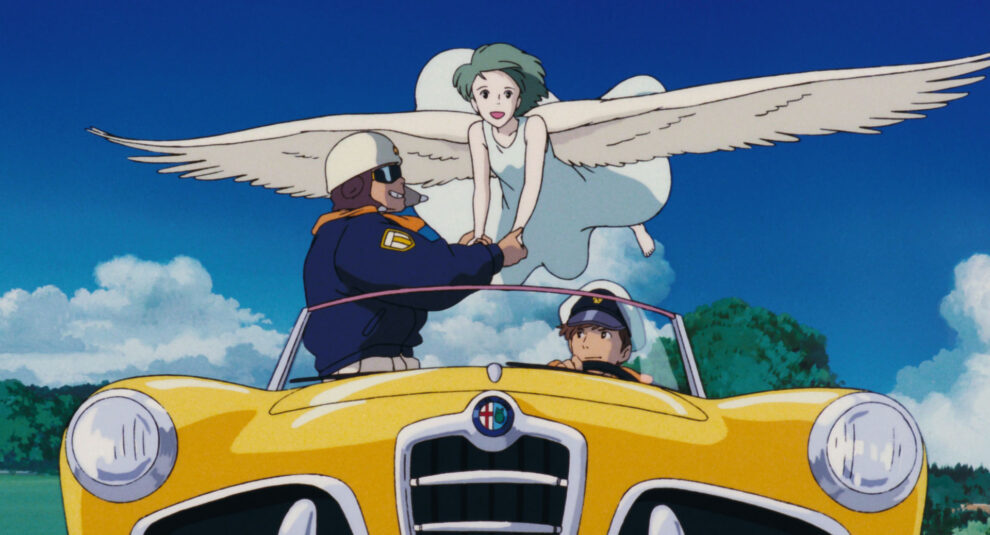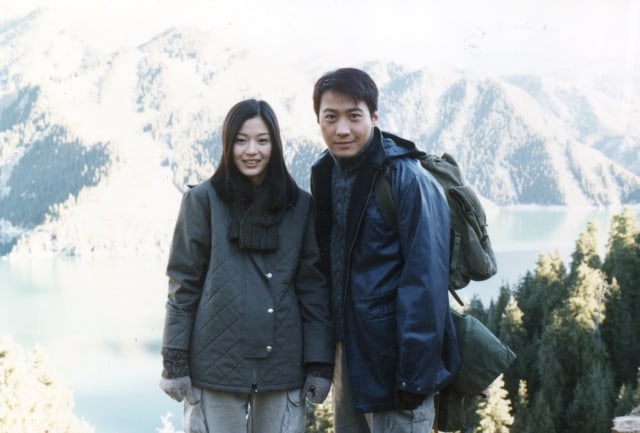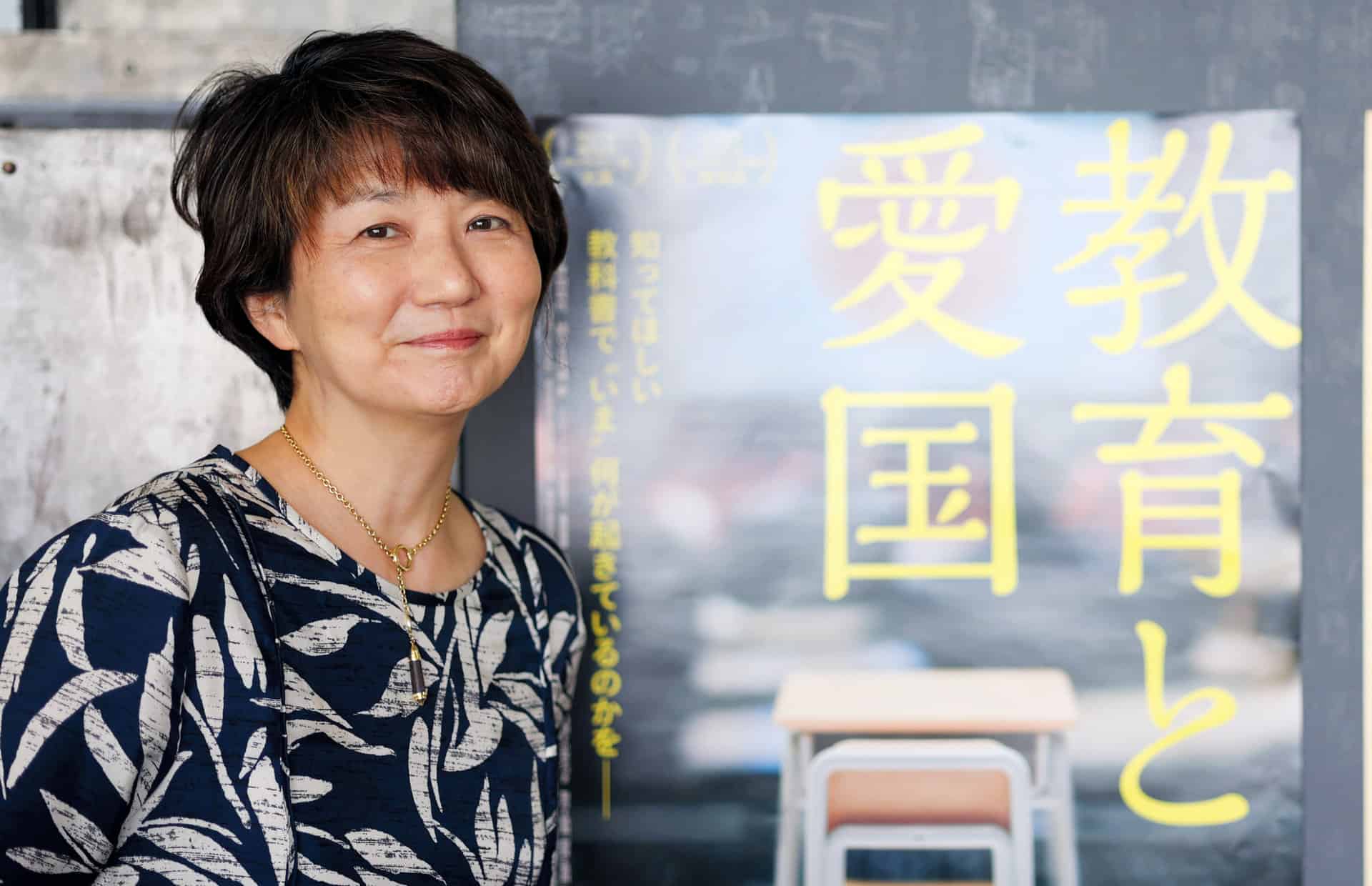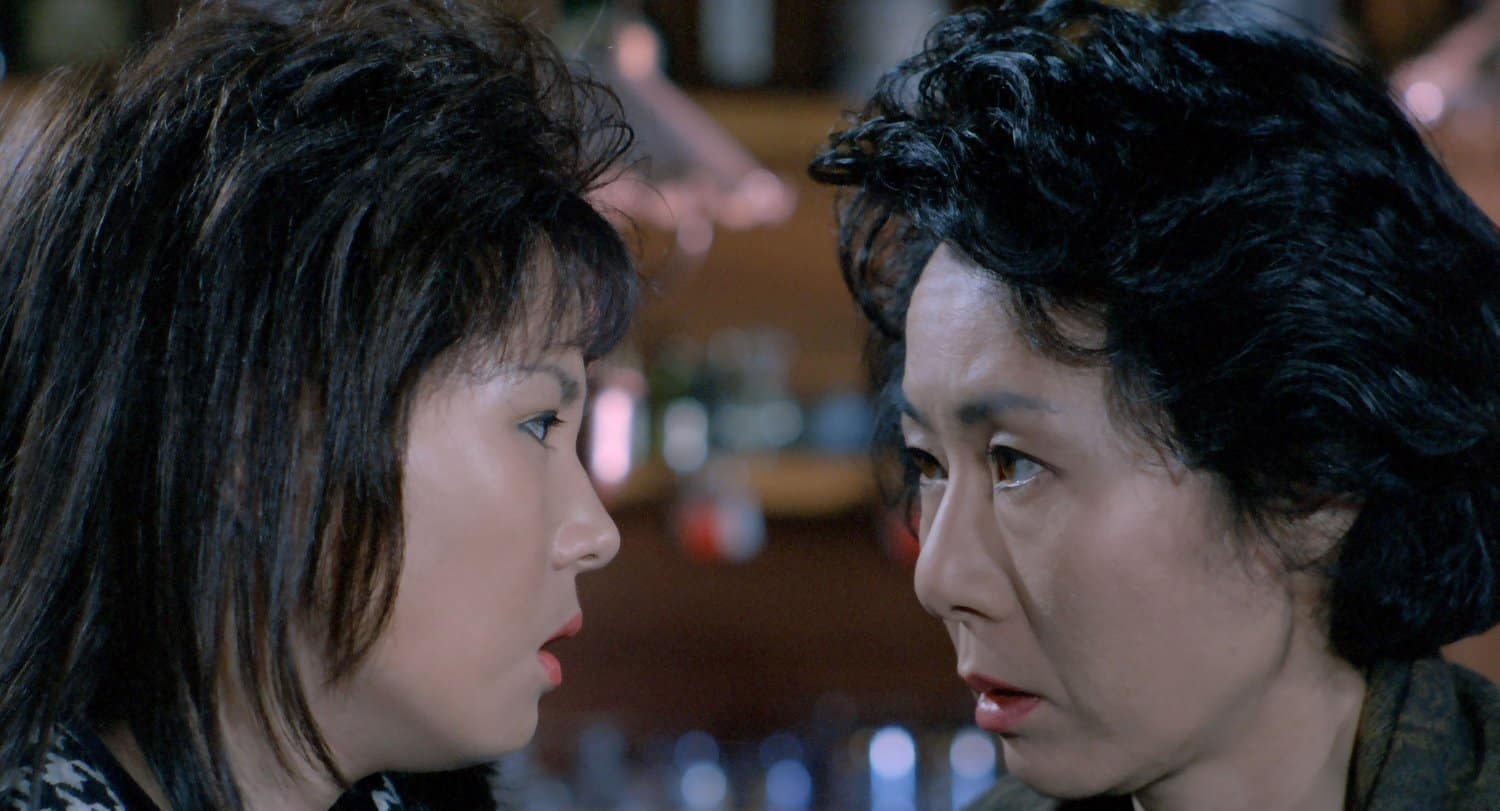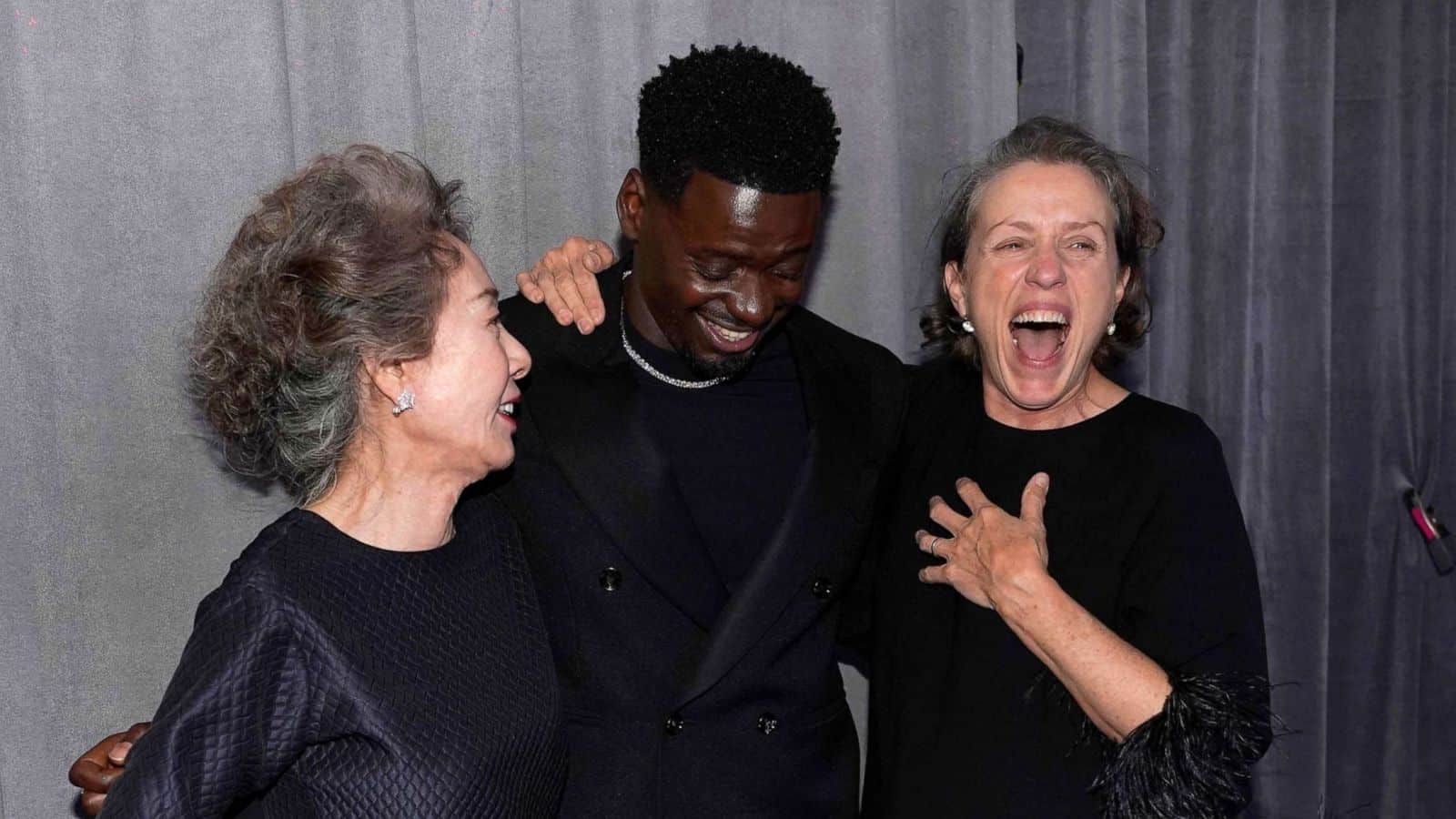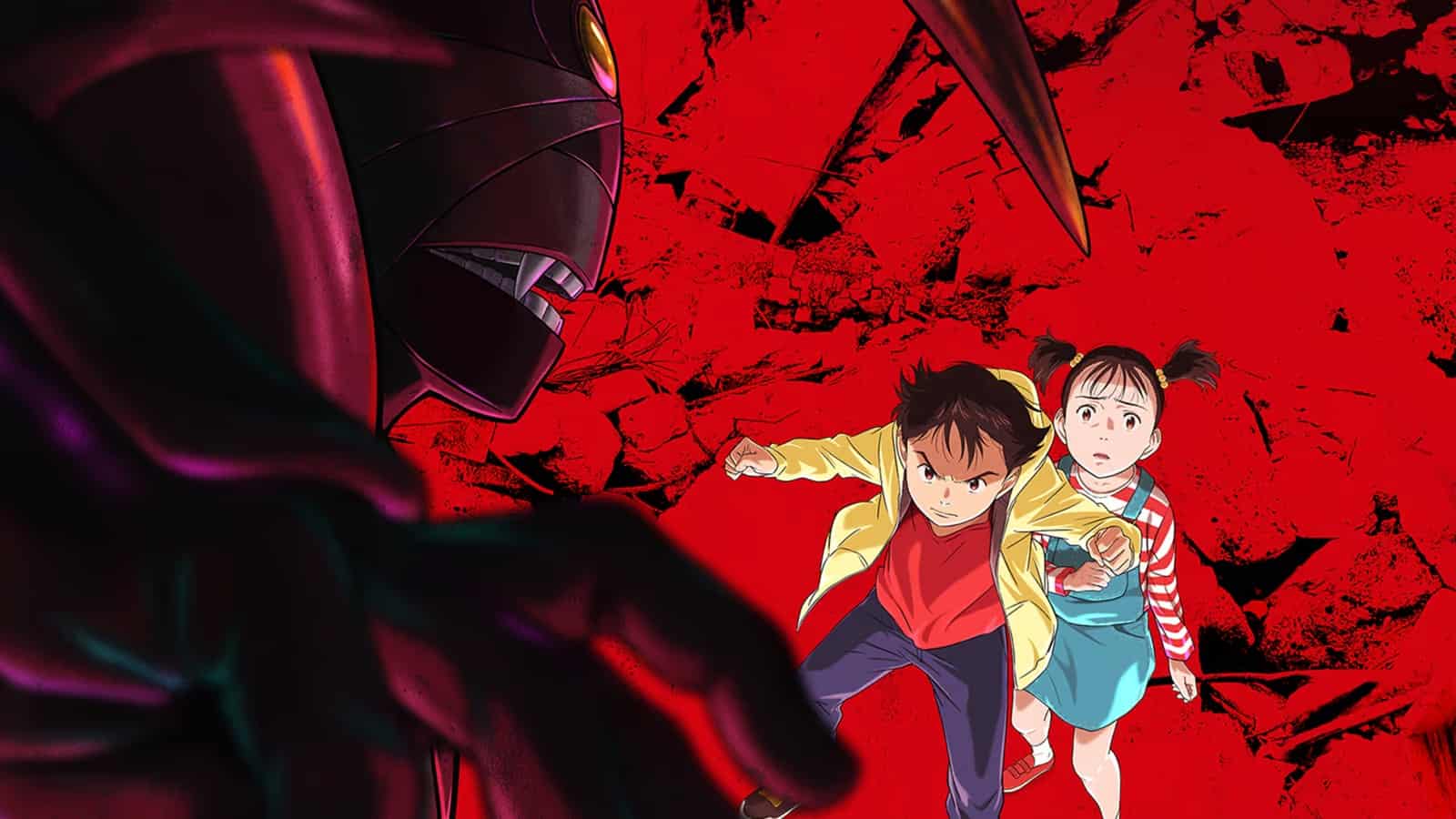Everyone remembers falling in love with Studio Ghibli. The music swells, the bright blue sky surfaces, packed with cotton candy clouds. And our young heroines wander in, taken with smiles and wonder. Director of many iconic titles, including “Spirited Away”, “Kiki's Delivery Service” and “Howl's Moving Castle”, Hayao Miyazaki needs no introduction. His magical tales, sublime and unforgettable, all speak for themselves. As co-founder of the Japanese animation powerhouse Studio Ghibli, Miyazaki's filmography has been characterized by its childlike affinity for fantasy, alongside its complex, coming-of-age protagonists. Despite this, Miyazaki's works have attracted audiences of all ages and walks of life, and continue to even now.
In this list, we take a look at 6 lesser known films and anime from Hayao Miyazaki. Some of these align with the familiar titles we know and love, while some reveal a different side to the auteur's voice.
1. Mei and the Kittenbus (2002)

A de facto sequel to “My Neighbour Totoro”, this adorable short brings back Mei, the hot-tempered, curious goofball toddler from the first movie. Thoroughly fresh and zany, “Mei and the Kittenbus” reminds of the key reason for its predecessor's success: a childlike wonder of discovery. One of the youngest Studio Ghibli heroines, Mei's view of her magical countryside forest offers complete, unbridled playfulness. Unlike older, teenage protagonists like “Princess Mononoke”'s Ashitaka or “Howl's Moving Castle”'s Sophie, Mei's characterization eschews restraint or complex motive, allowing her all sorts of fun and trouble. Mei knows little to nothing of the world, yet all of it intrigues her. This time, Mei meets Kittenbus, a mini version of the prancing cheshire catbus. The 2 unquestioning children bond quickly, and Kittenbus brings Mei along for a night adventure, where we meet more old friends. In years to come, Miyazaki's temporary retirement evidenced an interest in developing shorts, which allowed him to focus more on visual experimentation. “Mei and the Kittenbus” are one of a few demonstrating that this interest was not new for the artist.
2. Sherlock Hound (1984)
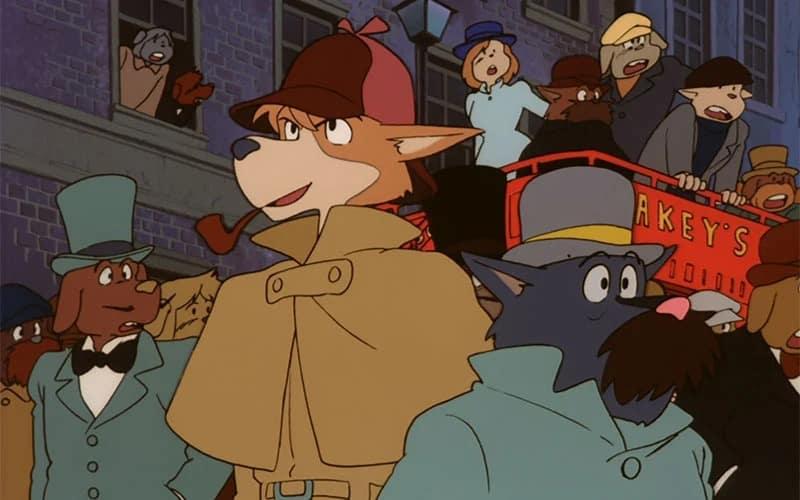
In this 26 episode anime series directed by Miyazaki, Sherlock and Watson are anthropomorphic dogs in 19th century London. Each episode centers on a new case, usually perpetuated by the show's criminal mastermind, Professor Moriarty. As the first collaboration between Miyazaki and then writer Sunao Katabuchi, it is no wonder that their episodes, which were also compiled into 2 features, stand out greatly from the rest of the season. Unlike other Sherlock Holmes adaptations, the series placed less interest in bewildering cases and detective smarts. The cases are in themselves uncomplicated, but are always displayed with zesty, visual sequences. “Sherlock Hound”'s characters carry the game, clad with frequent doses of slapstick absurdity. Sherlock plays the agile, witty protagonist, while Watson benevolently ambles about. Their reliable housekeeper and landlady Mrs Hudson seems demure and homely, but is secretly a great shot. Against them, Professor Moriarty is the classic twitchy and arrogant villain, accompanied by idiotic goons. Admittedly, “Sherlock Hound” was not Miyazaki's best. Still, it will serve as an interesting comparison point to “Lupin the 3rd”, which we will explore later.
3. On Your Mark (1995)
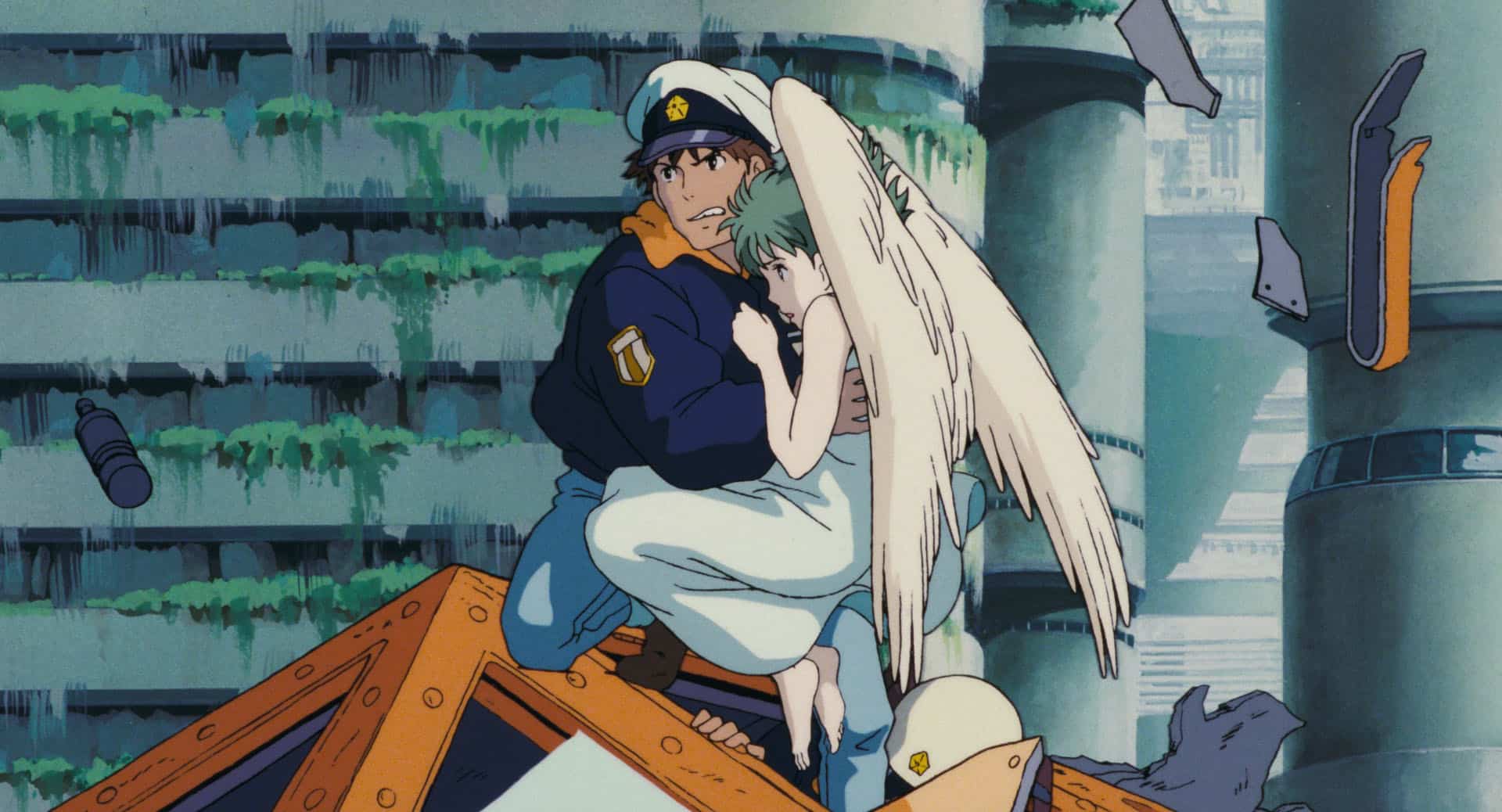
Famously produced during a bout of writer's block, “On Your Mark” remains the most fascinating work in this list. The music video short, being made by Miyazaki with the intention to shake things up, bred an amalgamation of experimentation for style, techniques and genres. In a dystopian city, two policemen discover, and eventually defy authority to rescue an imprisoned angel. Miyazaki hinges on the music video form to present his story in a non-linear (or hinted to be multi-linear) fashion, frequently using flashbacks and flashforwards. Deriving from the then proliferation of cyberpunk media (Akira, Blade Runner, Gunbuster), we are treated to neon drenched cityscapes and airborne government baddies, a far cry from his usually lush, cottagecore imagery. A more daring anti-establishment commentary also arises with depictions of espionage and modern corruption, a staple side dish to punk narratives. In a lovely turn, the music video briefly showcases an early example of solarpunk art, when the protagonists escape into a futuristic compound filled with greenery. This comes more than a decade before the sub-genre's conception in 2008.
4. The Castle of Cagliostro (1979)

Before the witty antihero “Sherlock Hound”, there was “Lupin the 3rd”, grandson of the legendary thief Arsène Lupin. Now, it would be criminal to call Lupin ‘lesser known'. But perhaps the ‘lesser known' is Miyazaki's extended attachment to this widely popular comic and media franchise. In fact, it provided the foundations for Miyazaki's directing career, and sheds some light on his storytelling sensibilities. “The Castle of Cagliostro” is Lupin's second feature film, and follows the thief and his motley crew in their attempt to rescue a young hostage bride. Often regarded as the franchise's best installment, the film has been cited as an influence for many western and Japanese animators. Elements of “The Castle of Cagliostro” would be revisited in Miyazaki's subsequent career. His penchant for intricate onscreen architecture or machinery, as with the titular castle, would figure crucially into Studio Ghibli films' world buildings. A direct alignment also occurs with “Sherlock Hound”: the carefree and eccentric hero, the well-intentioned but obtuse justice worker, European scenic designs, even plotlines surrounding damsel kidnappings and production of counterfeit money.
5. Lupin the 3rd: Part I (1971), Part II (1977)
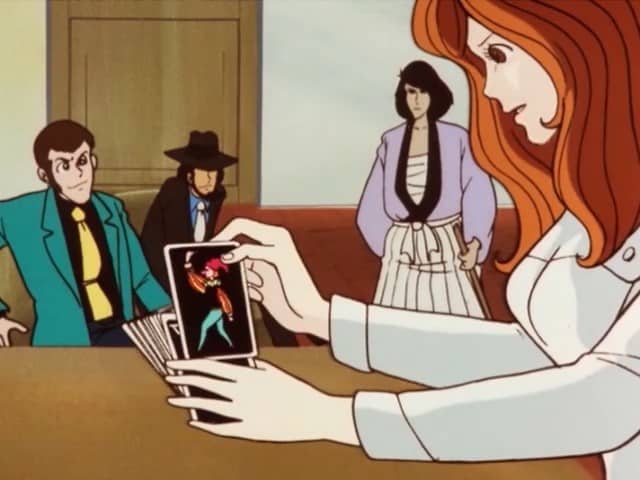
While “The Castle of Cagliostro” is widely regarded as Miyazaki's directorial debut, his first stint was actually for its anime series 8 years prior. One might argue that his auteur voice is nearly too quiet in this instance, with obligations to both the source material and the studio. And indeed, of this list, “Lupin the 3rd: Part I and II” seem worlds away from our preconceived ideas of Miyazaki's artistry today. As compared to “The Castle of Cagliostro”, the Lupin of this series is a more faithful adaptation from the manga. Lupin retains little heroism and exudes far more lewdness. He is unabashed in hitting on women, and craves violence almost as he does with mischief. With a simpler visual style, defined by its exaggerated facial constructions and unrefined outlines (much like Scooby Doo!), its ditzy, jazzy tone sits far away from the clean-cut cels Miyazaki is known for. Experiencing the director's short-lived touch in this context proves strange and refreshing.
6. The Great Adventure of Horus, Prince of the Sun (Isao Takahata, 1968)
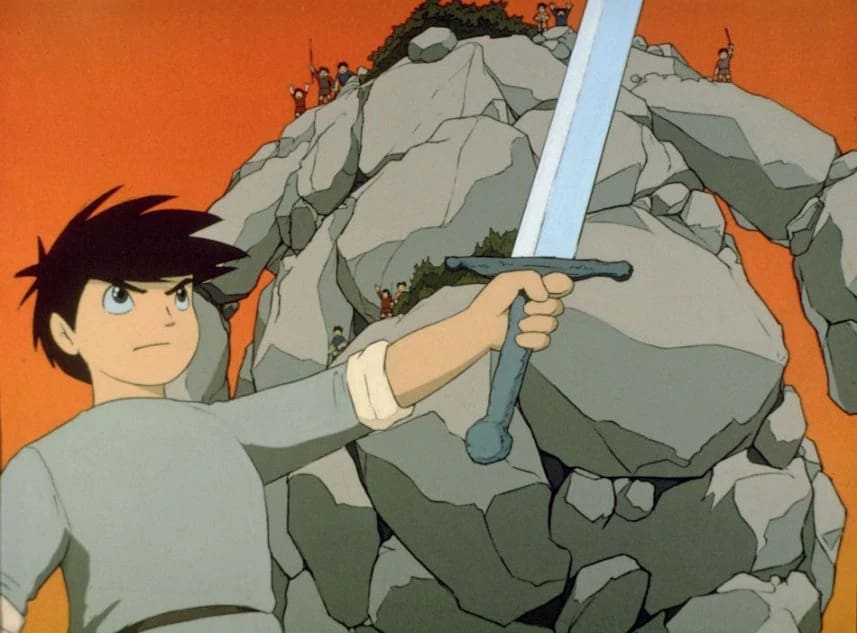
Though partly a cheat, because “The Great Adventure of Horus, Prince of the Sun” was not in fact directed by Miyazaki, its production represented an important milestone for Studio Ghibli's beginnings. This period fantasy drama tells of a young boy destined to be ‘Prince of the Sun'. It was Isao Takahata's directorial debut, for which Miyazaki provided key animation, scene design and storyboarding. The two would eventually, along with producer Toshio Suzuki, establish Studio Ghibli in 1985. Undoubtedly, Horus' allure comes from Takahata's unpatronizing depiction of social pariahs and violence in children's film, but it certainly expresses itself through Miyazaki's visual contributions. Though one can never fully guess the extent of these contributions, it was common for Japanese key animators to enjoy a good deal of creative freedom. Across elaborate battle sequences and stoic tender moments, “The Great Adventure of Horus”'s best emotional moments came from harnessing stillness and movement, of which the animator's keyframes are crucial. Unsurprisingly, Miyazaki's and Takahata's creative partnership survived 5 more decades, until the latter's passing in 2018.


